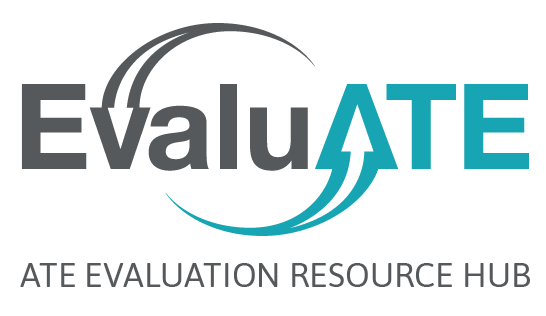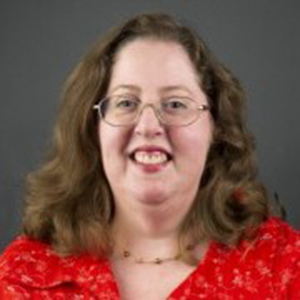Children are often asked the question “What do you want to be when you grow up?” Many of us evaluate programs where the developers are hoping that participating in their program will change this answer. In this post, I’d like to suggest using “possible self” measures as a means of evaluating if a program changed attendees’ sense of identity and career aspirations.
What defines the term?
Possible selves are our representations of our future. We all think about what we ideally would like to become (the hoped-for possible self), things that we realistically expect to become (the expected possible self), and things that we are afraid of becoming (the feared-for possible self).[1][2] Possible selves can change many times over the lifespan and thus can be a useful measure to examine participants’ ideas about themselves in the future.
How can it be measured?
There are various ways to measure possible selves. One of the simplest is to use an open-ended measure that asks people to describe what they think will occur in the future. For example, we presented the following (adapted from Osyerman et al., 2006[2]) to youth participants in a science enrichment camp (funded by an NSF-ITEST grant to Arkansas State University):
Probably everyone thinks about what they are going to be like in the future. We usually think about the kinds of things that are going to happen to us and the kinds of people we might become.
- Please list some things that you most strongly hope will be true of you in the future.
- Please list some things that you think will most likely be true of you in the future.
The measure was used both before and after participating in the program. We purposely did not include a feared-for possible self, given the context of a summer camp.
What is the value-added?
Using this type of open-ended measure allows for participants’ own voices to be heard. Instead of imposing preconceived notions of what participants should “want” to do, it allows participants to tell us what is most important to them. We learned a great deal about participants’ world views and their answers helped us to fine-tune programs to better serve their needs and to be responsive to our participants. Students’ answers focused on career aspirations, but also included hoped-for personal ideals. For instance, European-American students were significantly more likely to mention school success than African-American students. Conversely, African-American students were significantly more likely to describe hoped-for positive social/emotional futures compared to European-American students. These results allowed program developers to gain a more nuanced understanding of motivations driving participants. Although we regarded the multiple areas of focus as a strength of the measure, evaluators considering using a possible self-measure may also want to include more directed, follow-up questions.
For more information on how to assess possible selves, see Professor Daphna Oyserman’s website.
References
[1] Markus, H. R., & Nurius, P. (1986). Possible selves. American Psychologist, 41, 954–969.
[2] Oyserman, D., Bybee, D., &Terry, K. (2006). Possible selves and academic outcomes: How and when possible selves impel action. Journal of Personality and Social Psychology, 91, 188–204.

Except where noted, all content on this website is licensed under a Creative Commons Attribution-NonCommercial-ShareAlike 4.0 International License.





 EvaluATE is supported by the National Science Foundation under grant number 2332143. Any opinions, findings, and conclusions or recommendations expressed on this site are those of the authors and do not necessarily reflect the views of the National Science Foundation.
EvaluATE is supported by the National Science Foundation under grant number 2332143. Any opinions, findings, and conclusions or recommendations expressed on this site are those of the authors and do not necessarily reflect the views of the National Science Foundation.